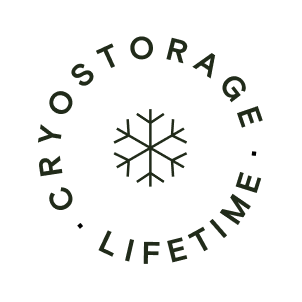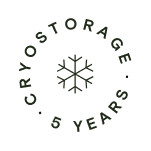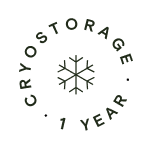Freeze your sperm from home
Store sperm for later use. Legacy’s at-home sperm freezing kits make it simple with affordable, flexible long-term sperm storage plans. Browse our bundles below or answer a few simple questions to get your custom recommendation.


Forever Bundle
25 years of sperm freezing
Best for:
- Before medical treatment
- Pre-gender transition
- Long-term planning
$3,995
As low as $111 a month with

Includes
- 3 collection kits
- 25 years of storage for 3 samples
- Advanced fertility testing
- Pre-freeze STI test


For Tomorrow Bundle
5 years of sperm freezing (renewable)
Best for:
- Pre-vasectomy
- Military deployment
- Before testosterone therapy
$1,195
Includes
- 2 collection kits
- 5 years of storage for 2 samples
- Pre-freeze STI test


For Today Bundle
1 year of sperm freezing (renewable)
Best for:
- Trying to conceive
- Infertility treatment
- Short-term planning
$440
Includes
- 1 collection kit
- 1 year of storage for 1 sample
Explore more options, including sperm testing:
4.9/5 on Google
We’ve supported over 30,000 future parents
Trusted by top fertility experts, the US military, and people like you.






